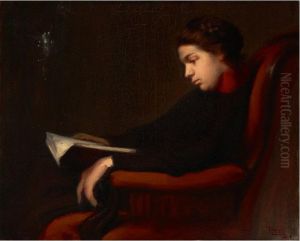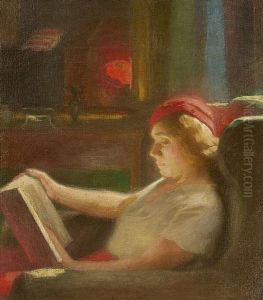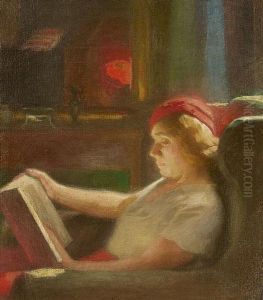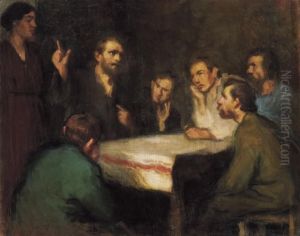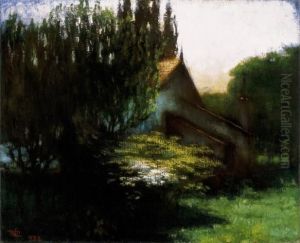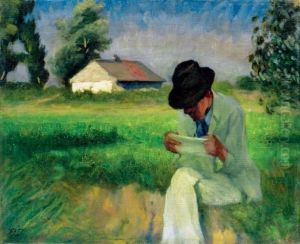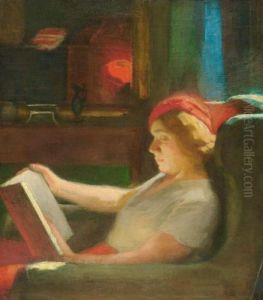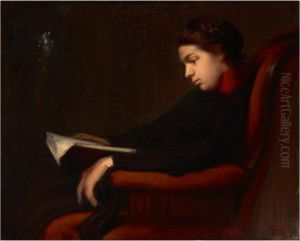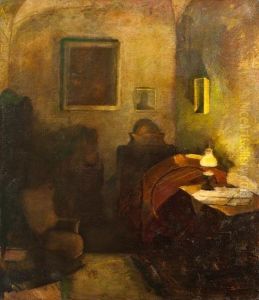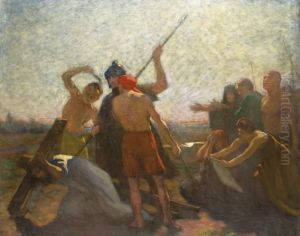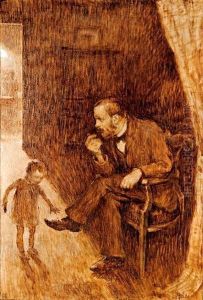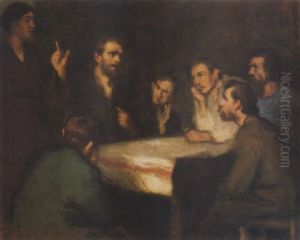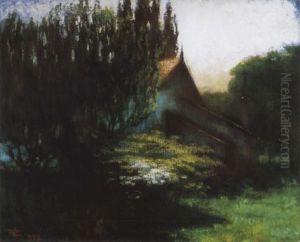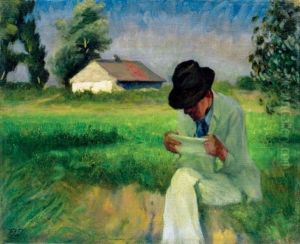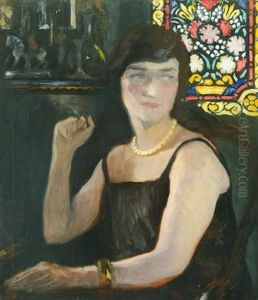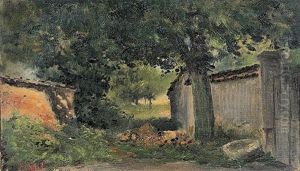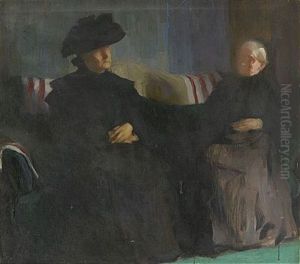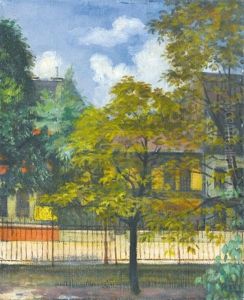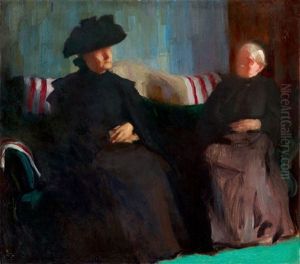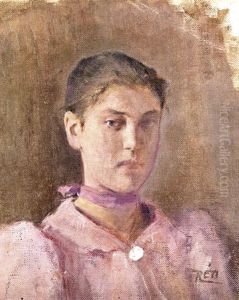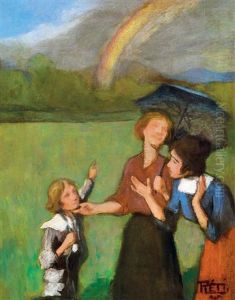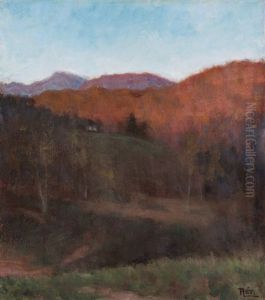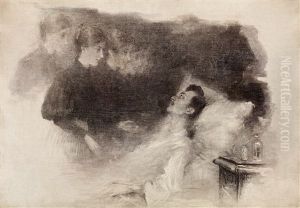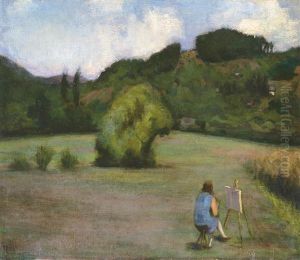Istvan Reti Paintings
István Réti was a distinguished Hungarian painter and influential figure in the art scene of his time. Born on October 28, 1872, in Szeged, Hungary, Réti showed an early inclination towards art, which led him to pursue his studies at the Academy of Fine Arts in Munich, Germany, before moving on to the Julian Academy in Paris, France. His time in Paris exposed him to the burgeoning Impressionist movement, which would go on to have a significant influence on his style.
Réti's work is characterized by his masterful use of light and color, attributes that have often been linked to the Impressionist influence. However, his subjects were varied, ranging from portraits and landscapes to historical scenes, showcasing his versatility as an artist. Réti was particularly noted for his ability to capture the essence of his subjects, bringing them to life with a vibrancy and depth that was ahead of his time.
Throughout his career, Réti received numerous accolades for his contribution to art. He was a key member of the Nagybánya artists' colony, which played a pivotal role in the development of Hungarian modern art. His influence extended beyond his paintings, as he was a respected teacher and mentor to many young artists, helping to shape the future of Hungarian art.
During the interwar period, Réti's work continued to evolve, reflecting the changing times and his personal experiences. Despite facing challenges, including the turbulent political climate of the era, he remained committed to his art, leaving behind a legacy that has had a lasting impact on Hungarian culture.
István Réti passed away on August 3, 1945, in Budapest, Hungary. His body of work remains celebrated for its contribution to the Hungarian art scene, and his paintings are featured in numerous galleries and museums across Hungary and beyond. Réti's life and art continue to be studied and admired for their significant impact on the development of modern Hungarian art.
